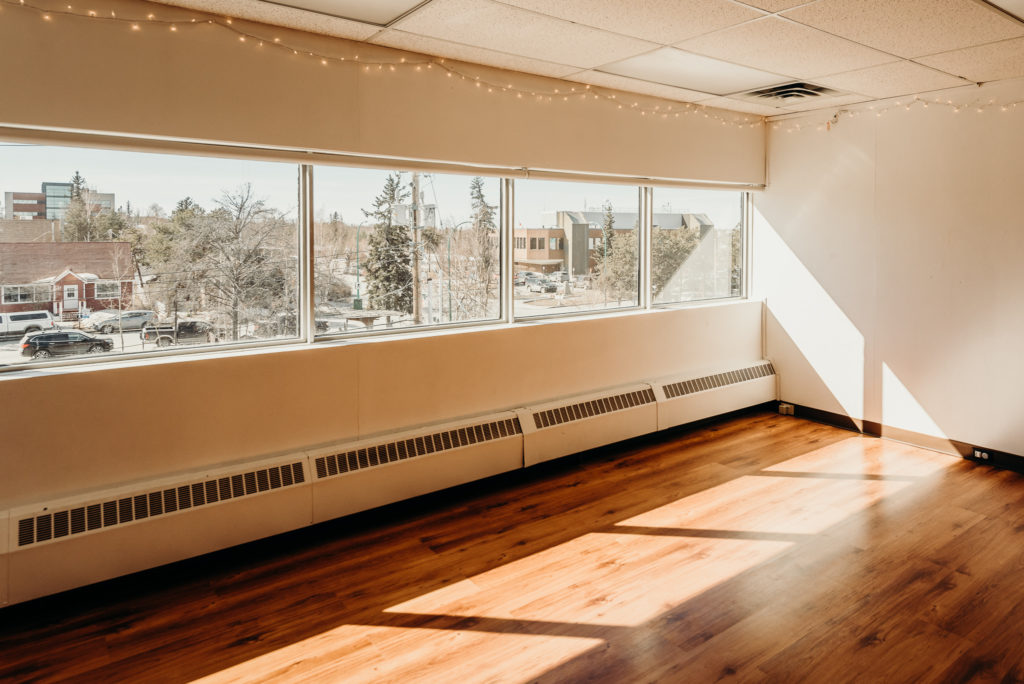Just in case you missed Part 1, Progressive What? I thought Overload was Harmful.
This will be the more concise summary version. If anything here sounds weird, please refer to Part 1.
KEY MESSAGES:
Pain or injury happens when you load a part of your body more than that part of the body has the capacity to resist that load. This is why we call it an “overload” or “overuse” injury. (Note that persistent or chronic pain is entirely different and not related to tissue injury).
Tissue (think tendon, ligament, etc.) capacity is the ability of the tissue to resist the load. The load is trying to deform the tissue or cause it to change shape and the tissue has an ability to resist that shape change.
Tissue capacity is not finite. The tissue can adapt to build capacity (you can think of it as the tissue or tendon getting stronger even though the “strength” is not technically the correct term here).
The conundrum is that the thing that causes the tissue to adapt and build capacity is load. The very thing we were worried (too much of) would cause pain and injury in the first place.
Progressive overload is the term used to describe the process of regularly loading progressively (increasing the load over time) to stimulate adaptation and capacity-building.
If we want to take a more optimistic approach to injury healing and injury prevention we could refer to injuries being caused by tissues that were under-loaded to begin with. It is more optimistic because instead of thinking there is finite capacity and nothing you can do to prevent injury this recognizes the body’s resilience and ability to adapt to the load demands you give it.
The optimistic approach also helps prevent fear of movement – which has been linked as a cause of pain (REF). We often fear lifting heavy or of loading the joints (knee for example) at angles deemed “not good alignment”. Avoidance of movement and loading doesn’t prevent injury when all of a sudden while playing soccer or another sport or stumbling off the curb you find that joint loaded at the angle you feared.
While the yoga industry has promoted the idea that passive range flexibility is protective against injury, this does not compute with what we know about how body tissues actually work stated above.
Passive range flexibility may still have value in nervous system benefits. If you have a jacked up nervous system, are stressed or anxious, or are always go-go-go and never take time to relax, you may benefit from the practice of Restorative yoga or Yoga Nidra. I’ve written several blogs about the importance of relaxation for the nervous system. My favourite one is here.
If you like passive stretching or practicing yoga for the purpose of accomplishing “advanced” yoga postures there is nothing wrong with this. Just don’t tell people that flexibility is good for injury prevention. AND if you are getting into your 40s, 50s, 60s and beyond and feeling that your body and joints are creaky, achy, or otherwise not what they once were, you may find your time better spent focusing on strength and active range mobility instead.
All of my active yoga classes focus on active range mobility with a bit of passive stuff thrown in for relaxation. I also teach Restorative and other yoga classes to benefit the nervous system.
I posted this the other day as an attempt at humour to drive home the progressive loading message. Not sure many people got the joke, probably because the first blog was so long nobody read it and therefore nobody understood the joke. Get it now? It’s funny right?


